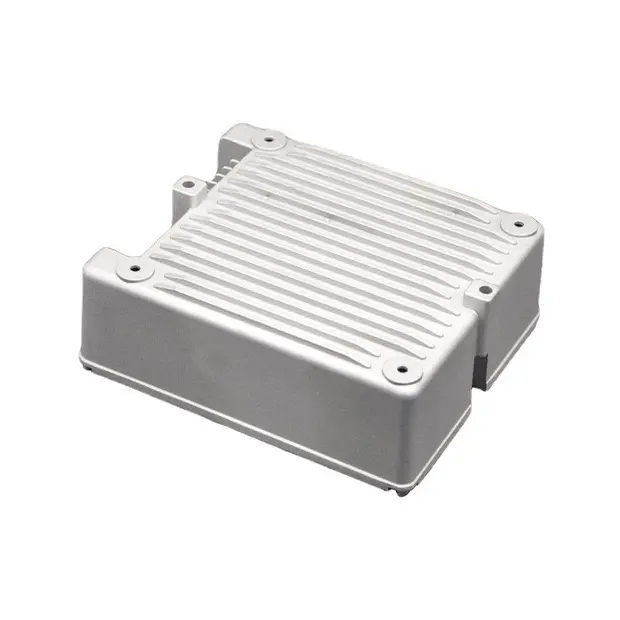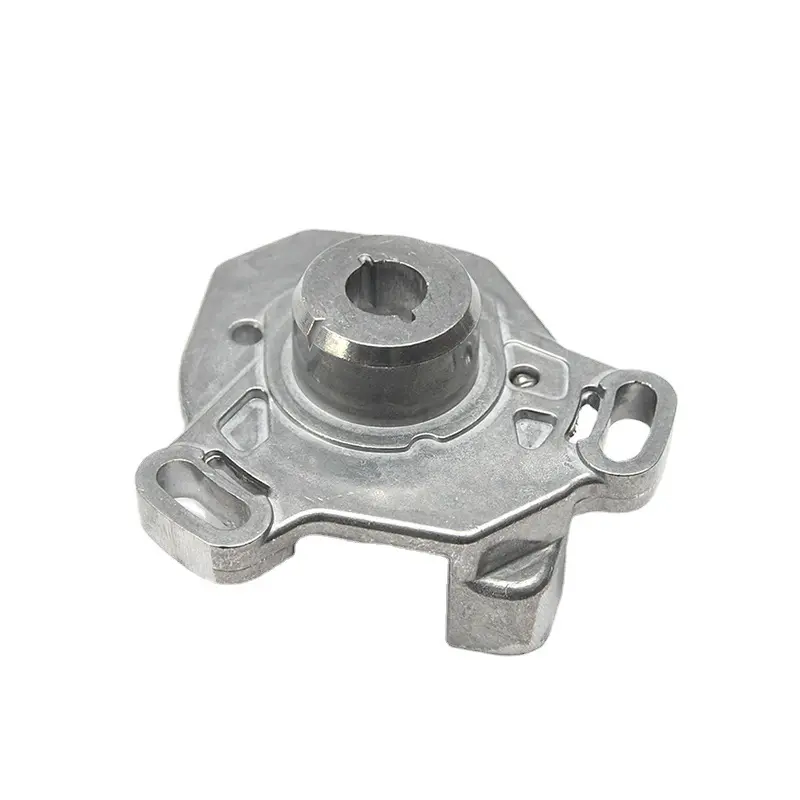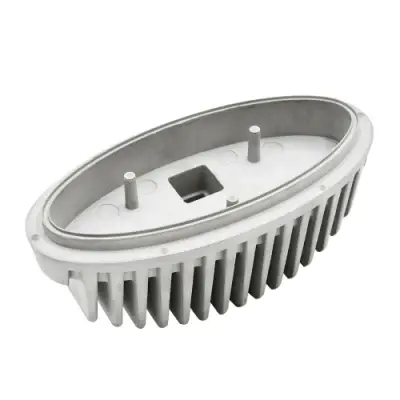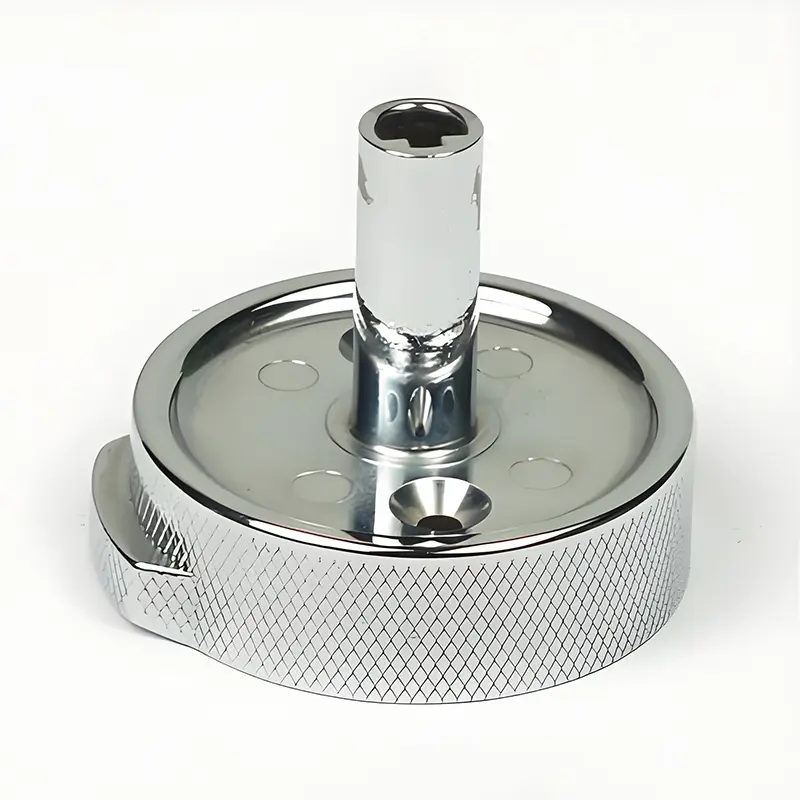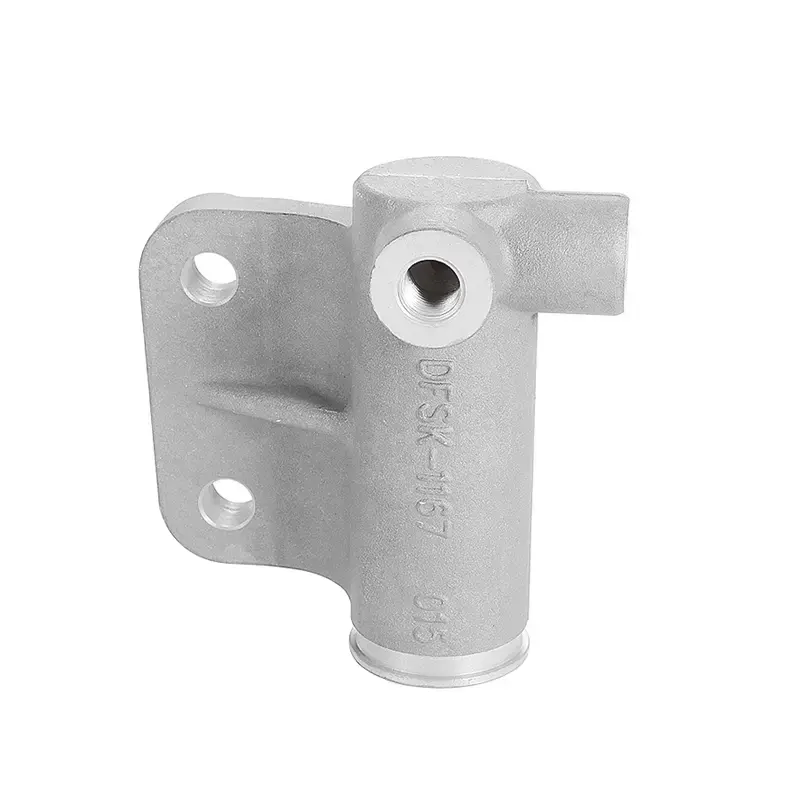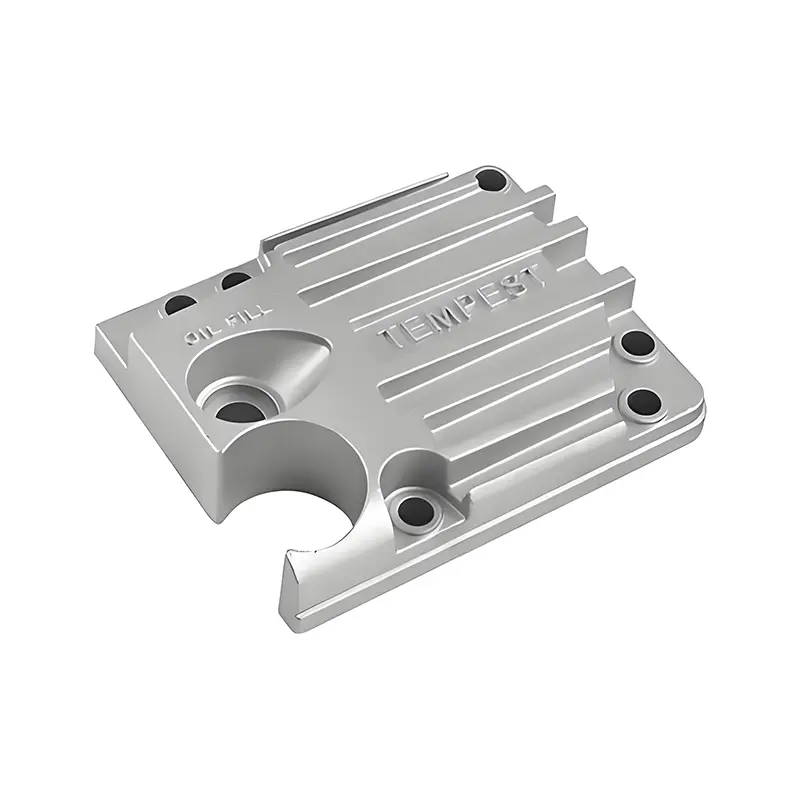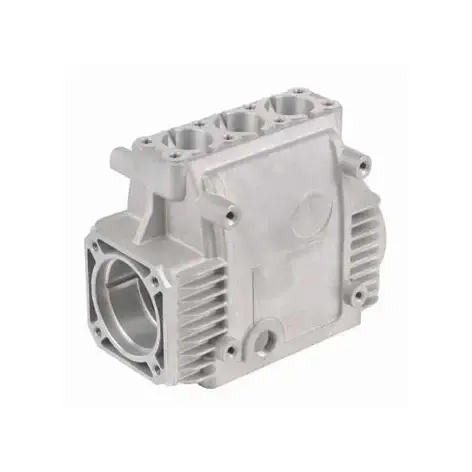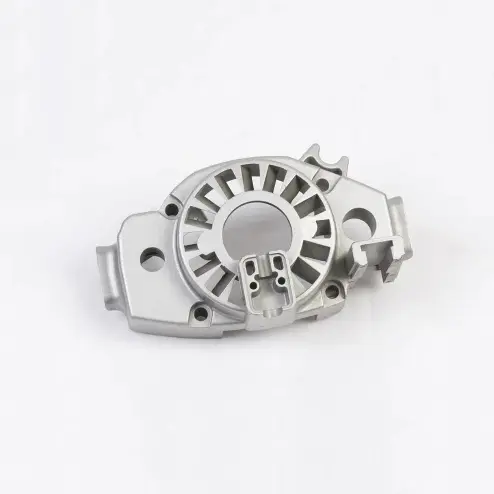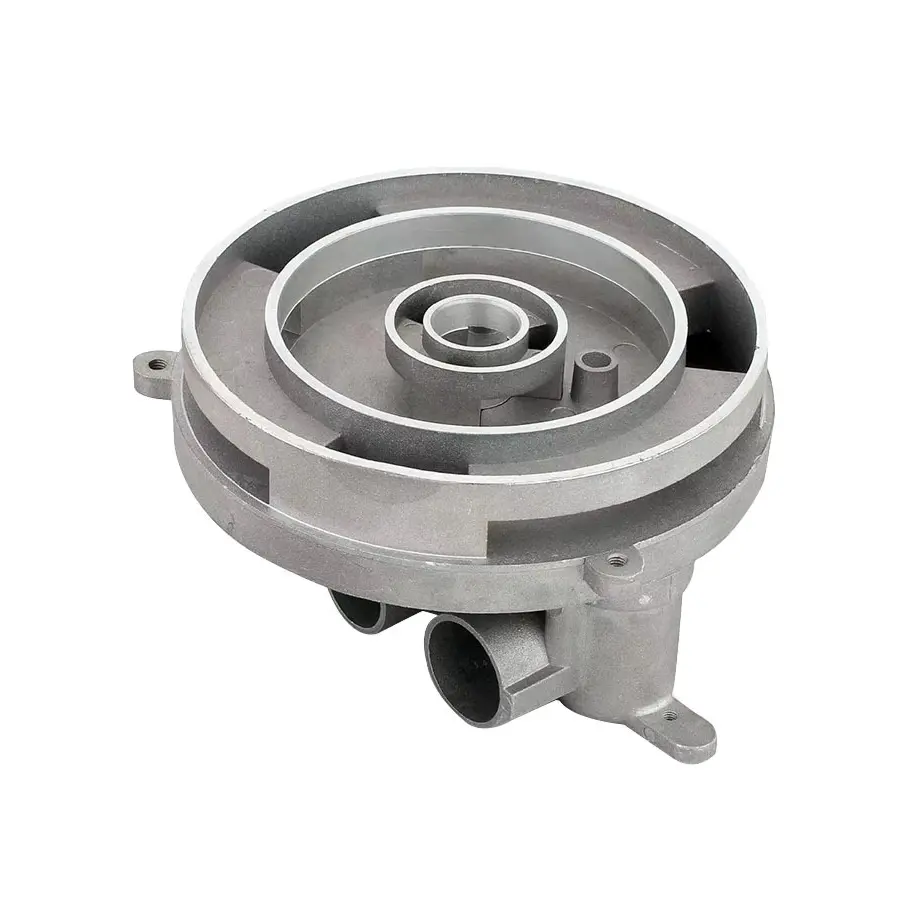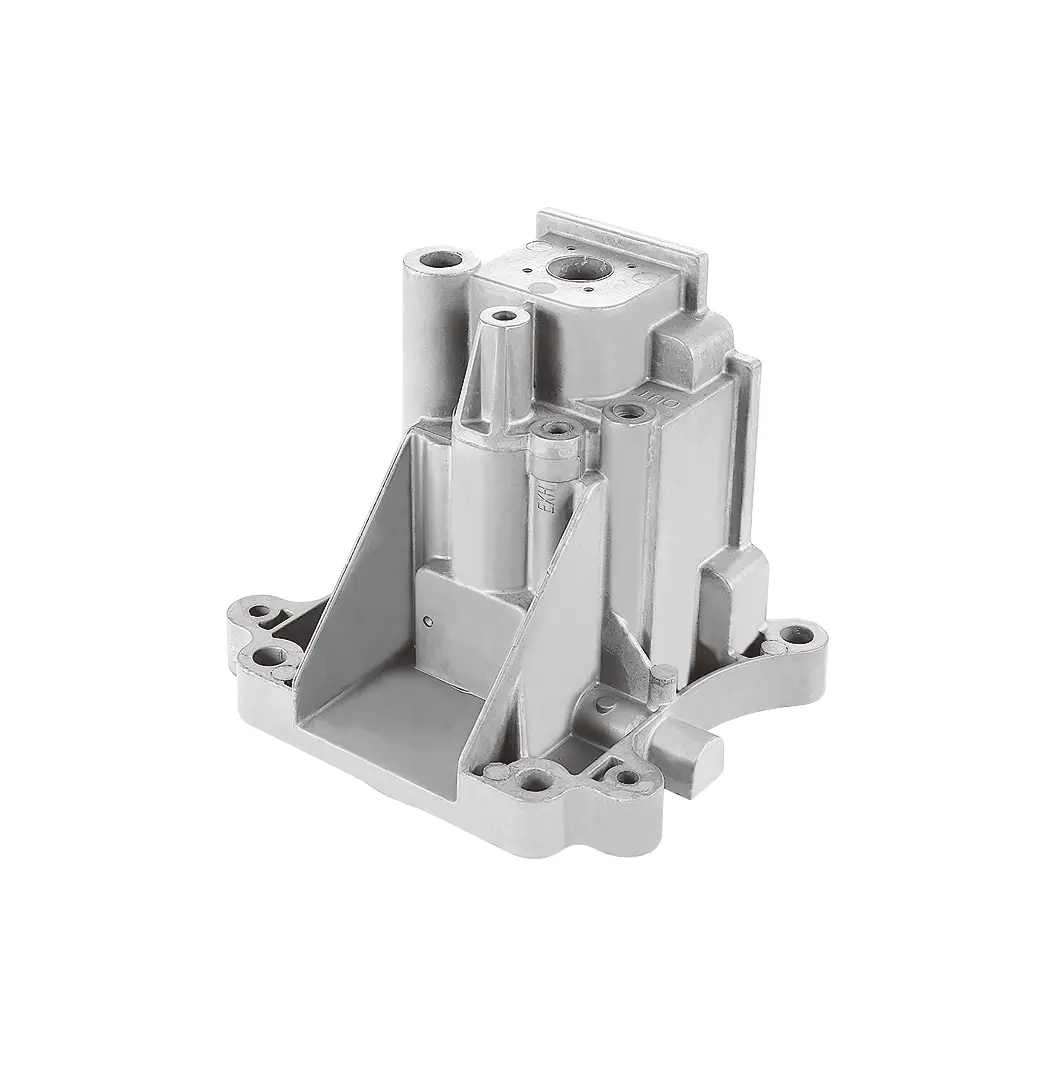 +86-13516964051
+86-13516964051 Low Pressure Die Casting vs High Pressure Die Casting: Which One is Better for International Wholesale Buyers?
1.Dear international wholesale buyers,
If you purchase ≥5 tons of aluminum alloy die castings on a monthly basis, or are looking for the best process route for a new project, the choice between "Low Pressure Die Casting (LPDC)" and "High Pressure Die Casting (HPDC)" will determine your cost structure, quality reputation and delivery competitiveness in the next 5 years.
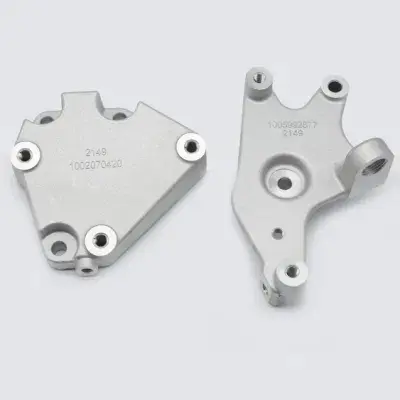
2. 10-second quick view: LPDC vs HPDC comparison table
Dimensions Low-pressure die casting LPDC High-pressure die casting HPDC
Pressure 0.01–0.15 MPa 30–200 MPa
Typical wall thickness ≥3.5 mm Optimal 4 mm+ ≥0.8 mm, thinnest 0.4 mm
Surface roughness Ra 3.2–6.3 µm 1.6–3.2 µm
Heat treatable T6, porosity <1 % Not usually T6, porosity 2–5 %
Mold life 80,000–150,000 cycles 50,000–100,000 cycles (thin wall, high heat)
Piece cycle 2–6 min 20–90 s
Mold cost Medium ($8k–$30k) High ($25k–$120k)
Minimum order 300–500 pieces 2,000–5,000 pieces
Suitable for batches Small and medium batches to 100,000 pieces/year 500,000 pieces/year or more
Main defects Shrinkage, cold shut, air holes, flow marks
3. Process anatomy: 7 key differences from aluminum liquid to finished product
3.1 Filling method
• LPDC: The aluminum liquid is smoothly filled from bottom to top along the riser tube under a gas pressure of 0.02–0.07 MPa, with less metal oxide film rupture and low air entrainment.
• HPDC: The aluminum liquid is injected into the mold cavity by the piston at a high speed of 20–60 m/s, and the front end of the metal is prone to air entrainment to form bubbles.
3.2 Solidification pressure
• LPDC: Maintaining pressure of 0.05–0.1 MPa for 30–120 s, the shrinkage channel is unobstructed, and the probability of shrinkage is low.
• HPDC: The pressure increase of 50–120 MPa is only maintained for 10–30 ms, and thick and large parts are prone to shrinkage holes due to insufficient shrinkage.
3.3 Cycle and Automation
• LPDC is mostly manual or semi-automatic, with a cycle of 3-5 min;
• HPDC is fully automatic in feeding, picking up, and spraying, with a cycle of 40-70 s, and unmanned operation is feasible for night shifts.
3.4 Alloy Adaptability
• The mainstream of both is Al-Si system: A356, ADC12, A380.
• LPDC is compatible with Al-Cu system (2xxx) for solid solution aging; HPDC basically abandons high copper alloys due to pore problems.
3.5 Mold Structure
• LPDC: steel mold + sand core combination, complex water channel/oil channel can be designed;
• HPDC: requires slider/bevel top, but cannot use water-soluble sand core (high pressure erosion).
3.6 Post-processing
• LPDC reserves 1.5–2 mm machining allowance;
• HPDC only 0.3–0.8 mm, CNC time is 40% less.
3.7 Heat Treatment
• LPDC: T6 can increase strength by 20–30%, used in automotive control arms;
• HPDC: T6 will cause internal pore expansion, only T5 aging is allowed.
4. Quality dimensions: pores, shrinkage, mechanical properties and heat treatment
4.1 Effect of porosity on welding/air tightness
• LPDC porosity <0.5%, suitable for argon arc welding and 20 bar air tightness test;
• HPDC porosity 2–5%, impregnation is required to meet 6 bar air tightness.
4.2 Comparison of mechanical properties (same A356 alloy, after T6)
Table
Copy
Indicators LPDC HPDC
Tensile strength Rm (MPa) 280–320 240–270
Yield strength Rp0.2 (MPa) 210–240 160–190
Elongation A5 (%) 5–8 2–4
4.3 Fatigue life
• LPDC hub 10^6 cycles @ 90 MPa; HPDC hub 10^6 cycles @ 60 MPa.
5. Cost model: Break-even inflection point of small batch, medium batch and million pieces
5.1 Fixed cost
• LPDC: mold $8k–$30k, equipment 200–400 T low pressure press $250k;
• HPDC: mold $25k–$120k, equipment 400–800 T high pressure press $400k–$800k.
5.2 Variable cost
• The price of aluminum ingot is the same (LME + premium);
• HPDC has more flash due to high-speed injection, and the biscuit accounts for 20–30%, and the energy consumption of remelting is high.
5.3 Break-even curve
(The following data is based on 0.3 kg aluminum parts, labor + electricity + depreciation)
• <50,000 pieces/year: LPDC single piece $2.1, HPDC $3.4;
• 200,000 pieces/year: LPDC $1.6, HPDC $1.1;
• 1 million pieces/year: LPDC $1.45, HPDC $0.82.
Conclusion: About 120,000-150,000 pieces/year is the turning point, and HPDC has more cost advantages above this output.
6. Typical application scenarios
6.1 Automobile chassis control arm
• Structural parts, T6 heat treatment required → LPDC.
6.2 New energy motor housing
• Thin wall (2 mm), high heat dissipation fins → HPDC.
6.3 5G filter cavity
• Airtight + thin wall 1.2 mm → HPDC + vacuum assistance.
6.4 Aerospace pump bodies
• Small batch, high strength, heat treatable → LPDC.
7. Mold life and maintenance
7.1 Materials
• Low-pressure mold: H13 + nitriding, life of 80,000-150,000 times;
• High-pressure mold: DIEVAR/8407 + coating, life of 50,000-100,000 times.
7.2 3D printing conformal cooling
• HPDC uses conformal cooling inserts, which can reduce the hot spot temperature by 60 ℃ and increase the life by 20%.
7.3 Maintenance cost
• LPDC mold is simple, and the annual maintenance fee is ≈ 5% of the mold fee;
• HPDC has high-pressure flushing, and the annual maintenance fee is ≈ 10-15% of the mold fee.
8. Sustainability and compliance
8.1 EU CBAM (Carbon Border Adjustment Mechanism)
• HPDC has high energy consumption, CO₂ emissions 2.1 kg/kg aluminum; LPDC 1.6 kg/kg aluminum.
8.2 North American EPA regulations
• HPDC requires additional dust collection equipment, with an investment of $30k–$50k.
8.3 IATF 16949 traceability
• HPDC has high automation and 100% batch traceability barcode; LPDC requires manual laser coding.
9. Procurement decision framework: 6-step scoring table
Step 1: Annual demand
<50,000 pieces → LPDC 5 points; 50,000–200,000 pieces → 3 points; >200,000 pieces → HPDC 5 points.
Step 2: Wall thickness requirements
<2 mm → HPDC 5 points; 2–3.5 mm → 3 points; >3.5 mm → LPDC 5 points.
Step 3: Is T6 heat treatment required?
Yes → LPDC 5 points; No → HPDC 3 points.
Step 4: Airtightness/welding requirements
10 bar → LPDC 5 points; <6 bar → HPDC 3 points.
Step 5: Tooling budget constraints
<$30k → LPDC 5 points; $30k–$80k → 3 points; >$80k → HPDC 5 points.
Step 6: Delivery cycle
<30 days → HPDC 5 points; 30–60 days → 3 points; >60 days → LPDC 5 points.
Add up the scores for each item, and the one with the highest total score wins. .
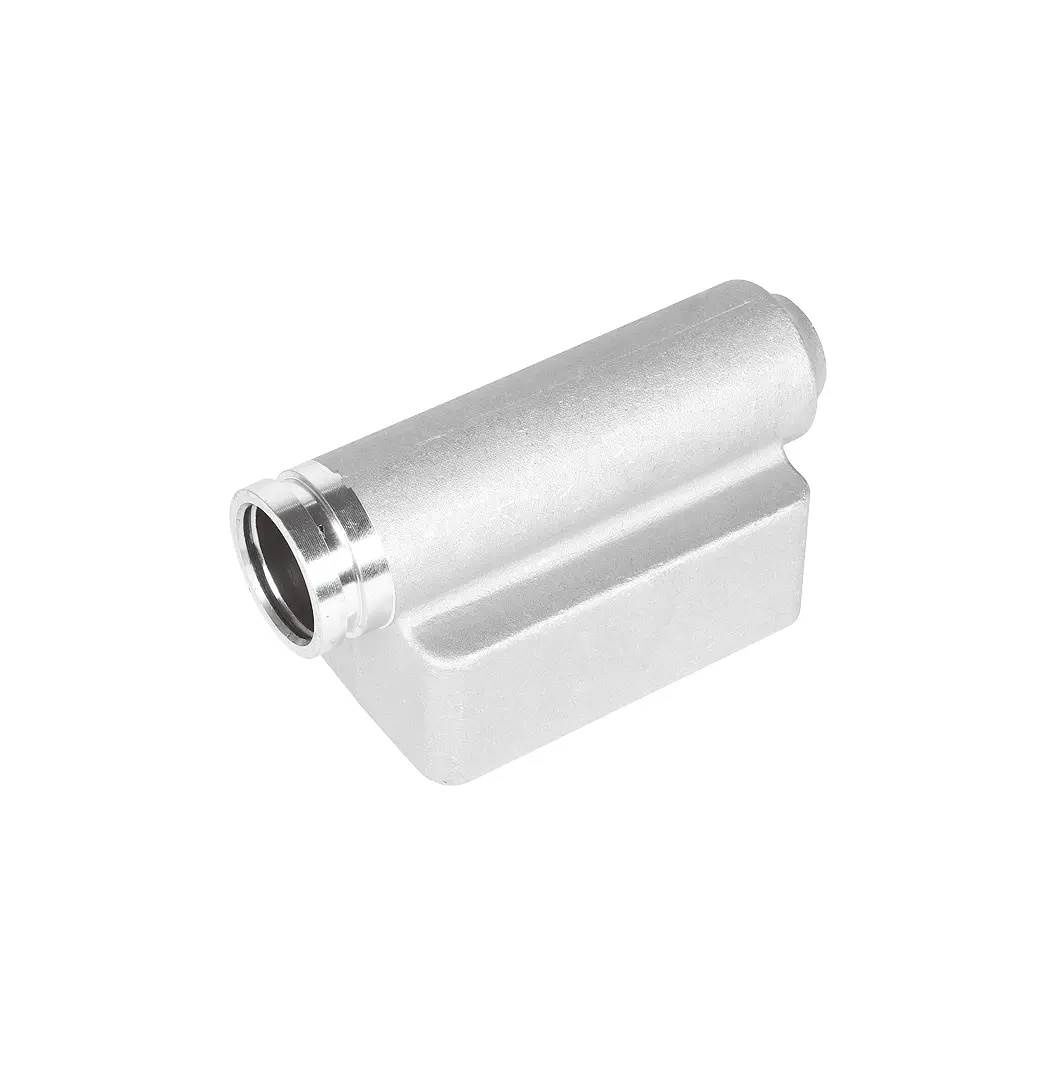
10. Global supply chain map
10.1 China
• Low pressure: Shandong, Guangdong, Chongqing;
• High pressure: Ningbo Beilun, Suzhou, Guangzhou.
10.2 Mexico
• Monterrey, Saltillo, radiating NAFTA, mainly HPDC.
10.3 Eastern Europe
• Poland, Czech Republic, low pressure capacity serving German OEM.
10.4 Southeast Asia
11. Customer Cases
Case A: Control arm of a German Tier-1 automobile factory
The original LPDC produced 150,000 pieces per year, and the unit cost was €3.8;
After changing to HPDC, the wall thickness was reduced to 2.5 mm through structural topology, and the annual production was 300,000 pieces, and the unit cost was €2.9, saving 28%.
Case B: American power tool housing
The original HPDC caused a 6% leakage rate due to pores;
After changing to vacuum HPDC + impregnation, the leakage rate dropped to 0.3%, but the unit cost increased by $0.12, which was still better than LPDC in terms of comprehensiveness.
Case C: Canadian medical device bracket
Annual demand 8,000 pieces, LPDC mold €12k, HPDC mold €35k;
After choosing LPDC, although the unit cost of €9.7 was higher than HPDC €8.1, the total cost after mold amortization was saved by 18%.
12. FAQ: 12 most concerned questions for international buyers
Q1: Can HPDC make T6?
A: Currently, vacuum HPDC + microporous impregnation can make limited T6, but the cost is +20%, and it is only used for high-end chassis parts.
Q2: What is the minimum batch of LPDC?
A: 300 pieces can be used to make a mold, but the unit price is high, and it is recommended to start with 1,000 pieces.
Q3: How to pay for the mold?
A: Chinese suppliers generally pay 50% in advance + 40% for the first sample to be qualified + 10% for mass production in 30 days.
Q4: Can you provide PPAP Level 3?
A: Any factory with IATF 16949 can do it.








